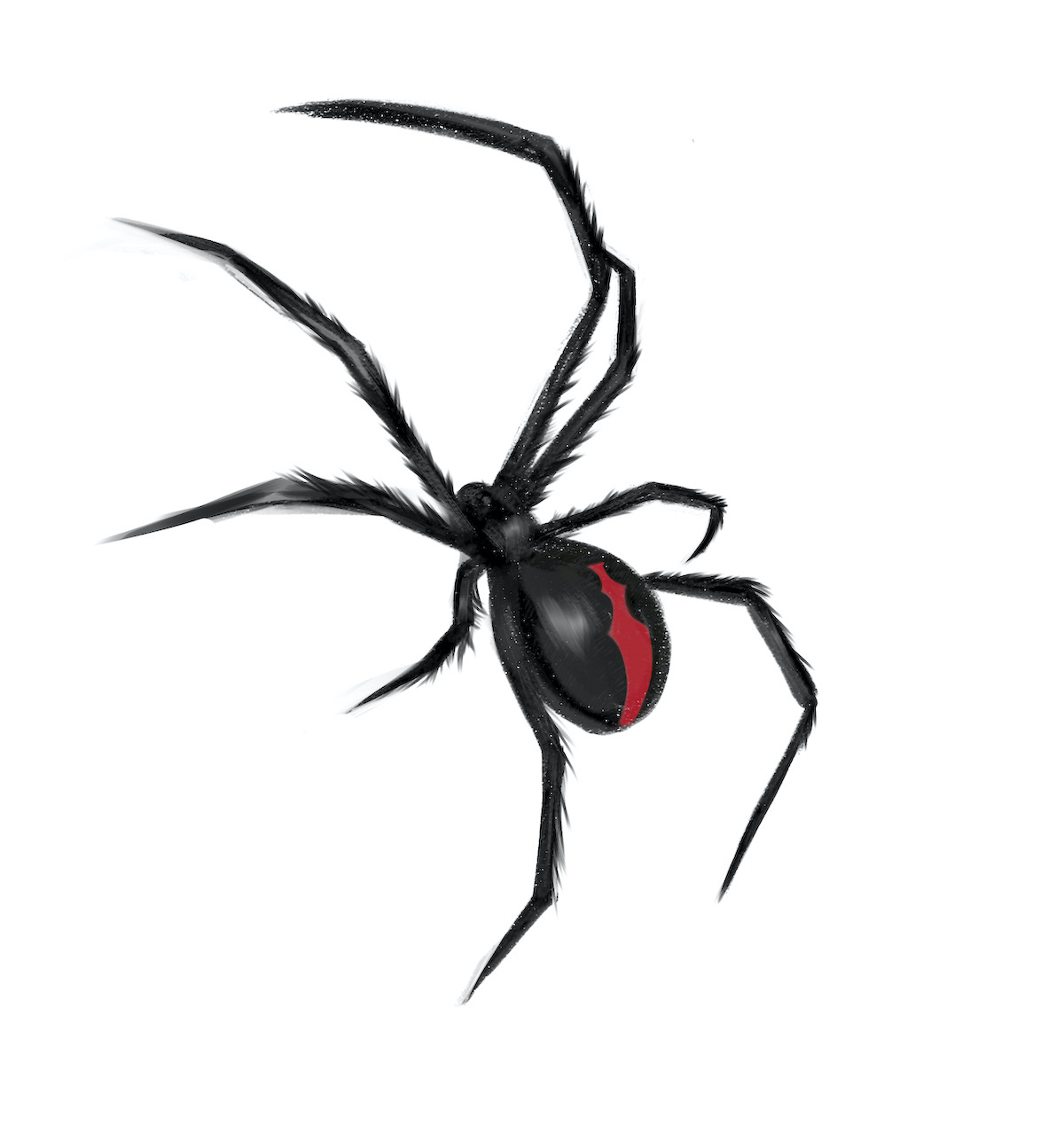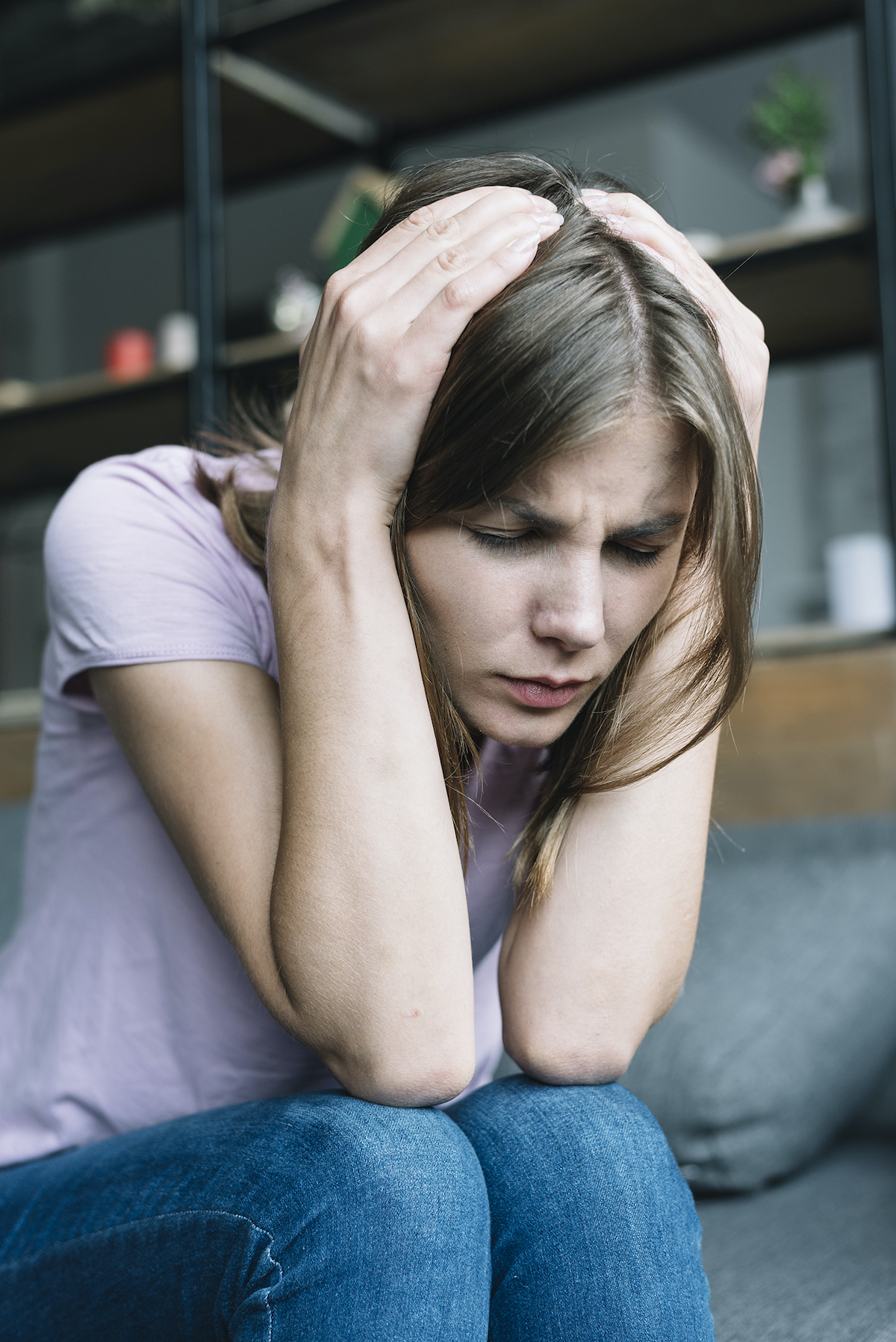
Spiders are found everywhere in the Lowcountry. But each kind of spider is unique. Some tend to live outdoors. Some are common inside the house. Either way, you may accidently bother a spider—and get bit.
The majority of spiders in the U.S. aren’t dangerous or poisonous. Most spiders won’t bite you if you don’t bother them. If you do get bit, your symptoms will vary, depending on what type of spider bit you. Generally, your skin may be raised, red, and itchy at the location of the bite. These symptoms may last several days, but typically go away on their own.
Most spider bites can be treated at home by following these steps:
- Wash the bite area with warm, soapy water.
- Apply an antibiotic cream (one brand name: Neosporin) to help prevent infection.
- Put ice or a cool washcloth on the bite to help reduce swelling.
- Take an antihistamine (one brand name: Benadryl) to help with swelling and itching.
- Take ibuprofen (one brand name: Advil) or acetaminophen (one brand name: Tylenol) for pain.
If you were bit on your arm or leg, raise that area above your heart to help reduce swelling.
However, some spider bites may be more severe. Contact your doctor right away if you have any of the following after being bit:
- Pain in other parts of your body, including a headache or cramping in your belly
- Redness that spreads
- Fluid that leaks from the bite area
- The bite area looks like a bullseye or turns into an open sore
- Fever, chills, body aches
- Nausea and vomiting
- Pain that keeps getting worse 24 hours after you were bit
Your doctor may prescribe an antibiotic to kill an infection from the bite. They may give you a tetanus shot if you haven’t had one in the past 5 years.
Seek emergency treatment right away if you have any of the following symptoms. They may mean you’re having a severe allergic reaction:
- Fast heart rate
- Trouble breathing or swallowing
- Tightness in your chest
- Swelling in your mouth or face
Young children and older adults are at higher risk of complications from spider bites. It is more likely they will need to be seen by their family doctor after a possible bite.
If you see the spider that bit you, take it with you to your doctor. It’s okay if it’s dead. Taking it will let your doctor identify the spider and know how to best treat your bite.
The two poisonous spiders that live in the Lowcountry are the black widow and the brown recluse.
Black widow spiders are identifiable by their appearance. They have shiny black bodies with a red hourglass shape on their abdomen. Black widows live in dark, quiet places, such as closets, garages, and wood piles.
You may not even notice it if a black widow spider bites you. However, within an hour of the bite, the location of the bite will begin to hurt. You may develop stomach cramps, nausea, and vomiting. The pain may spread to your chest and back. You may sweat more than usual. As time passes, the bite mark will keep getting red and become swollen.
Brown recluse spiders like quiet, dark, indoor places like behind and under furniture, and in closets and basements. They can also be found outside under rocks and other undisturbed or dark places like inside your mailbox. These spiders are brown and have a violin shape on their back.
You may not feel it if you’re bit by a brown recluse spider. But after a few hours, you’ll begin to feel pain. You may notice a bullseye on your skin where the spider bit you. It may look like a white blister with a red ring around it. As time goes on, the skin in the bullseye may turn purple or blue. You may notice the skin around the bite begins to die. This can lead to an open sore, also called an ulcer. This sore can continue to get bigger for 10 days after the bite. You may have chills, a fever, and body aches.
Prevention is the key to avoiding spider bites. Remember, most spiders only bite when they feel threatened. Be aware of where spiders may live and be careful when in those areas.
- Spray your clothes and shoes with insect repellent, such as DEET, when you’re going to be outside.
- Keep firewood and rock piles away from your house.
- Inspect the outside of your house. Look for any cracks that may allow a spider to get in, then fill any cracks with caulk. Also make sure window screens fit well.
- Always wear long sleeves, pants, socks, shoes, and gloves when working outside near wood piles or rocks. Also wear these when inside and moving items in a dark location that haven’t been moved for a long time. You may even want to tuck your pants into your socks so spiders can’t climb up the inside of your pant leg.
- Shake out your shoes and clothes before putting them on in case a spider is hiding in them.
- Don’t keep anything under your bed.
- Don’t place your bed right up against the wall. Instead, keep a few inches between the headboard or mattress and the wall.
If you see a spider crawling on your skin, gently flick if off with your finger. If you’re in the house, watch where it lands, then remove it.Sources: National Institutes of Health, MedlinePlus: Spider Bites











